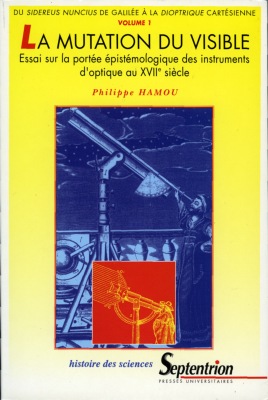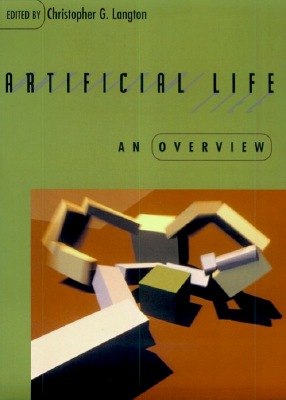

Reading two very different books simultaneously:
Philippe Hamou, “La Mutation Du Visible, Essai Sur La Portée Epistémologique Des Instruments d’Optique au XVIIe Siècle, Volume 1:Du Sidereus Nuncius De Galilée à La Dioptrique Cartésienne”, Presses Universitaires du Septentrion, Villeneuve d’Asq, 1999.
Back to reading about historical optics and back to reading about the beginning of the 17th century, a period in which a lot of things happened that I find are very interesting and inspiring somehow. Philippe Hamou earlier edited a great collection of texts about perspective and this book is his continuation of his research into the history of optics and epistemology. In the part I’ve read so far he shows how the use of the telescope by Galilei around 1610 embodied a new way of approaching vision. Even though his own optical theory was rather traditional, his new pragmatic approach caused a philosophical and scientific revolution in thinking about sensory information.
Christopher G. Langton, “Artificial Life, An Overview”, MIT Press, Cambridge, 1995.
A great collection of papers from different areas within Artificial Life, edited by what on the flap is called “the founder of the discipline”; at the moment I’m most interested in the various flavours of artificial ecosystems which have been developed and studied.
Reading books simultaneously of course triggers making connections, and the connection between these two books is perhaps that both of them talk about a scientific revolution where abstract speculation is being replaced (or augmented) by a more or less ‘direct’ experience; in the case of the telescope this happens by extending the eye so that things that once belonged to metaphysics become visually verifiable, in the case of artificial life something similar happens when artificial worlds can be built to ‘directly’ test assumptions about life and other complex phenomena.
